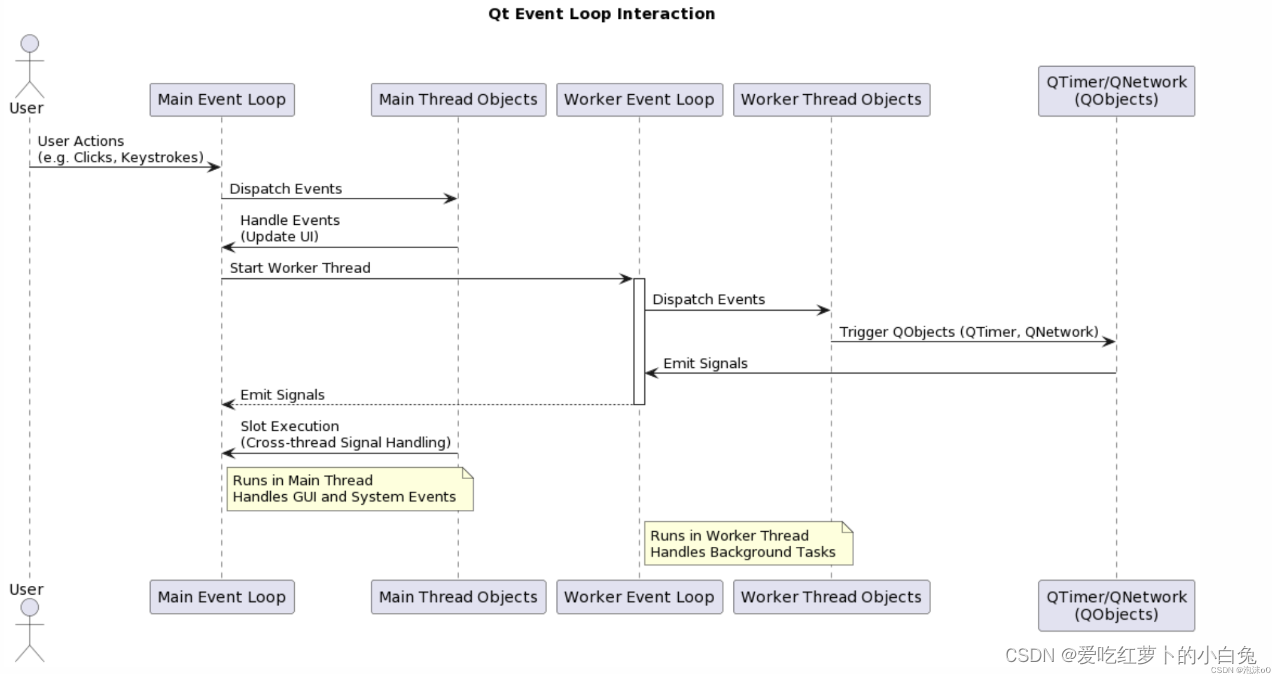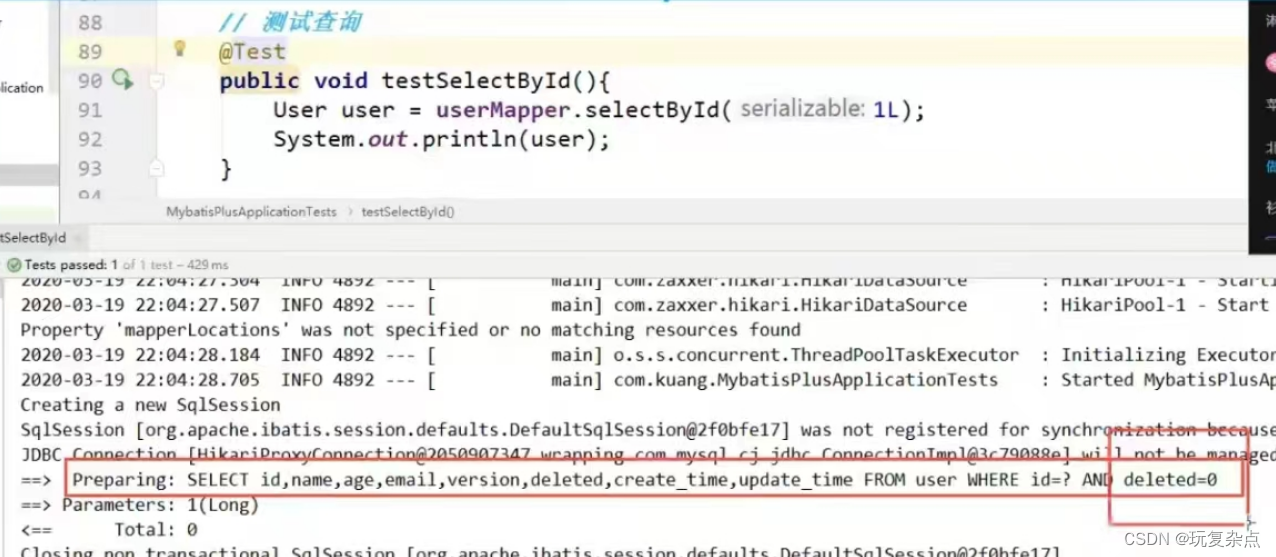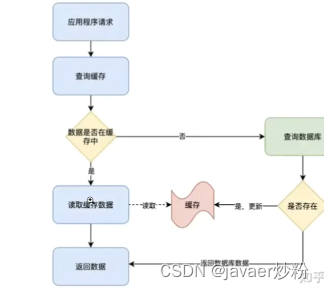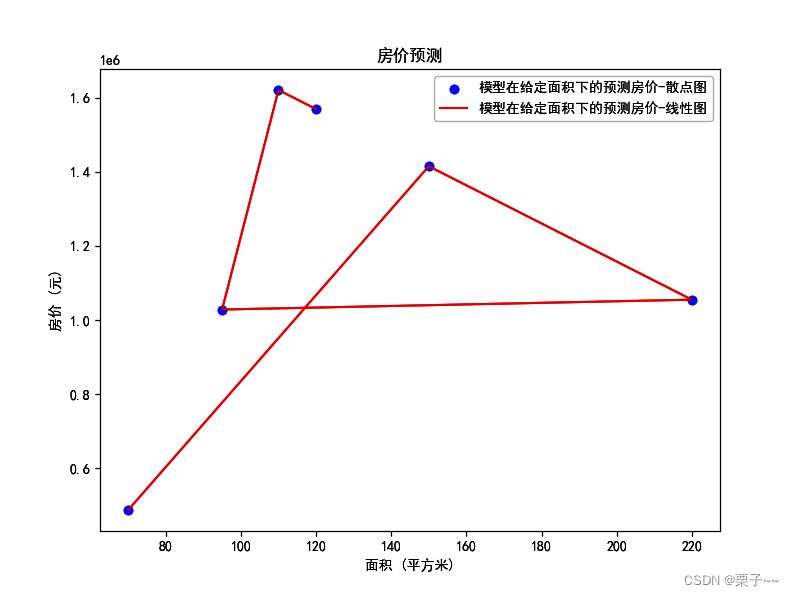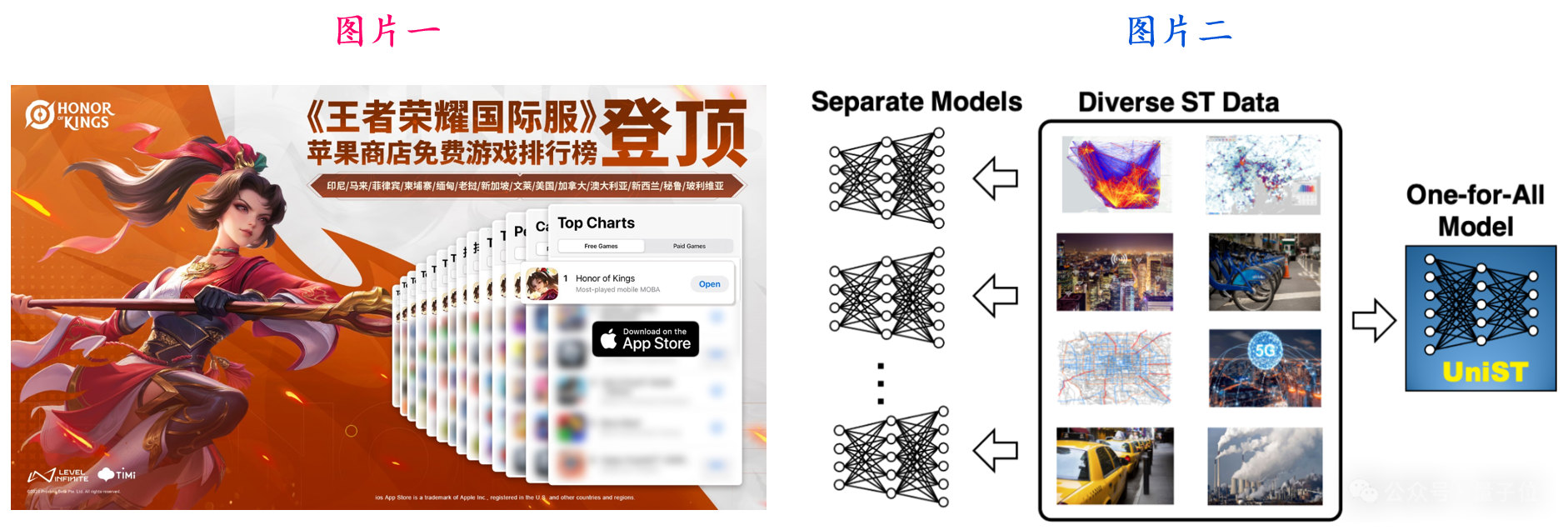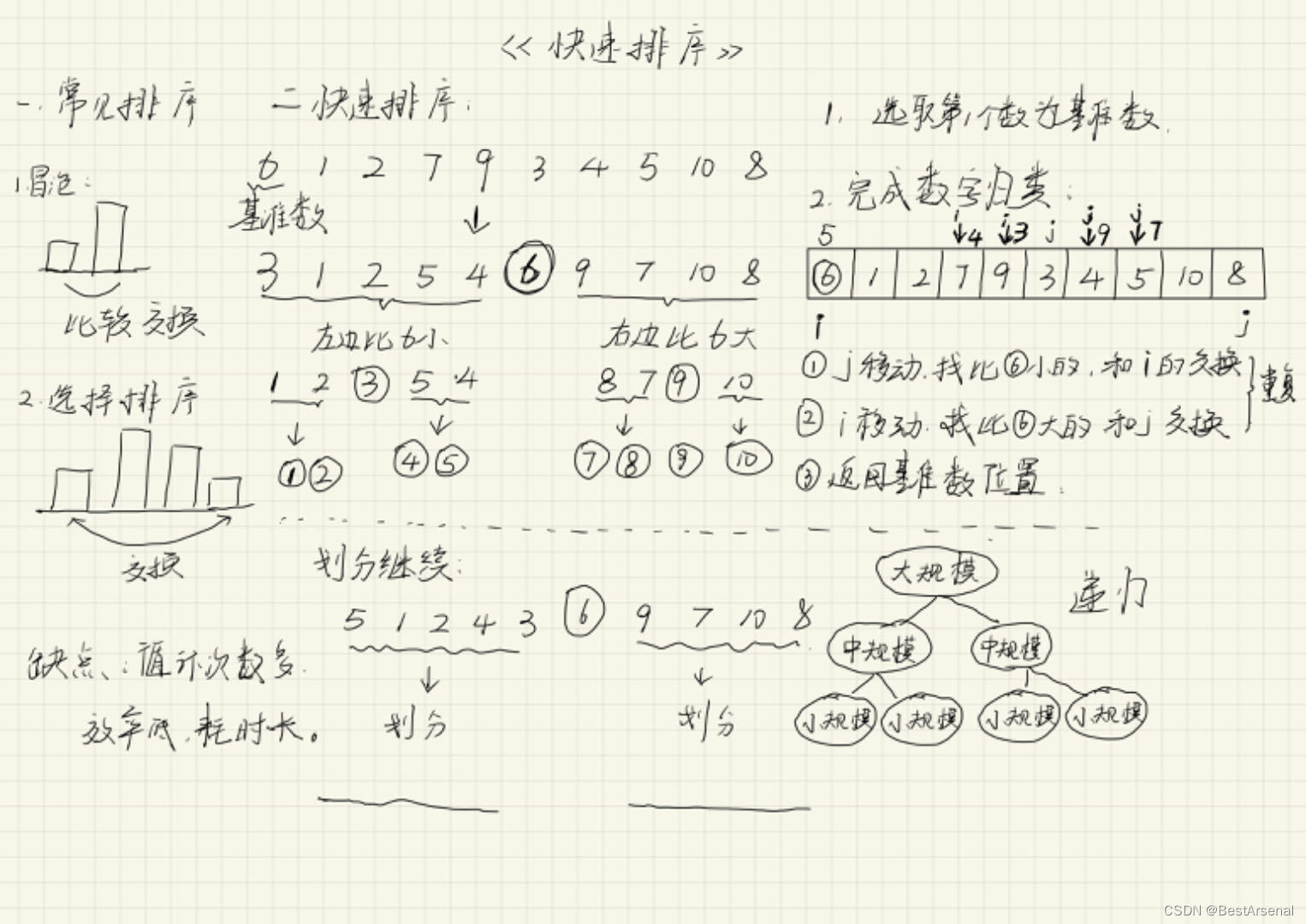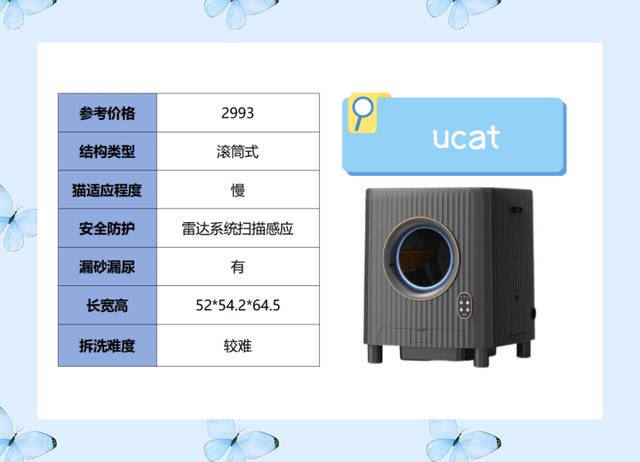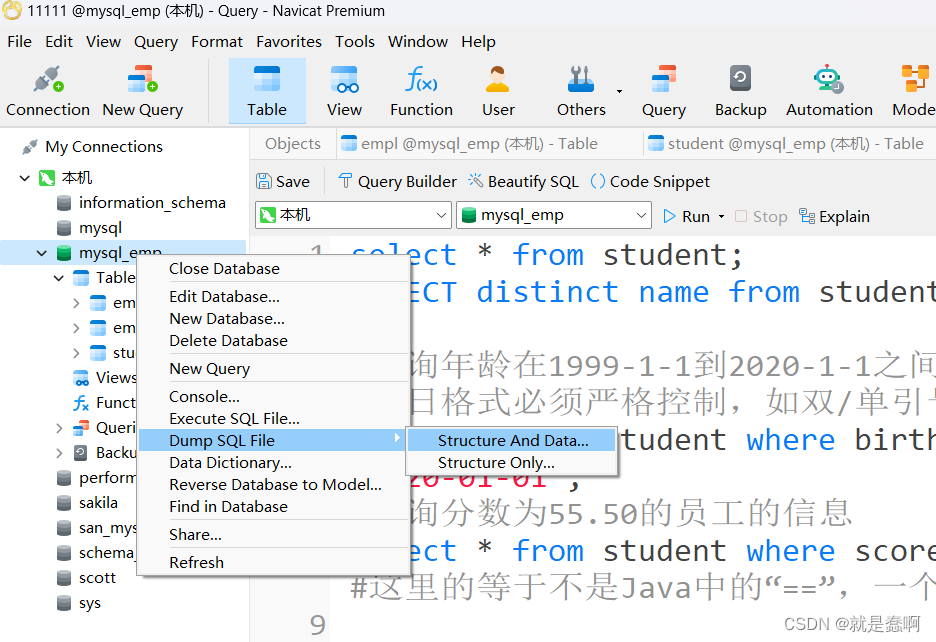设计模式(二)
常见的结构型模式
1.代理模式: 提供一种代理方法 ,来控制对其他对象的访问。在有些情况下,一个对象不能或者不适合直接访问另一个对象,而代理对象可以在这两个类之间起一个中介的作用。

举例:我们要启动一个系统 , 但是并不是所有的人都有权限来启动系统 ,所以我们需要一个代理方法来管理。
#include <iostream>
#include <string>
/*
提供一种代理方法来控制对其他对象的访问
*/
class System {
public:
virtual void run() = 0;
virtual ~System() { }
};
class MySystem :public System {
public:
MySystem( ) { }
virtual ~MySystem() { }
virtual void run() {
std::cout << "系统启动" << std::endl;
}
};
// 代理类 ( 系统启动需要验证用户名和密码 )
class myProxy:public System {
public:
myProxy(std::string userName ,std::string userPassword):userName_( userName ),userPassword_( userPassword ) {
my_system_ = new MySystem;
}
virtual ~myProxy( ) {
if (my_system_) {
delete my_system_;
my_system_ = nullptr;
}
}
virtual void run() {
if (checkUserNameAndUserPassword()) {
std::cout << "用户名和密码正确,正在启动系统......." << std::endl;
my_system_ -> run();
}
else {
std::cout << "用户名和密码错误,权限不足......." << std::endl;
}
}
bool checkUserNameAndUserPassword() {
if (userName_ == "R" && userPassword_ == "R") {
return true;
}
return false;
}
private:
MySystem* my_system_ ;
std::string userName_;
std::string userPassword_;
};
int main() {
// 我们的代理类
myProxy* proxy = new myProxy("R", "R");
// 通过代理类来启动系统
proxy->run();
system("pause");
return 0;
}
2.外观模式: 将一些复杂的子系统全都抽象到同一个接口进行管理 , 外界只需要通过这个接口,就可以和子系统进行交互,而不需要直接和这些复杂的子系统进行交互。
案例:假设KTV有两种模式,游戏模式:开启wifi , 开启音响 。 灯光模式: 开启电视 , 开启灯光,开启麦克风。
具体实现
#include <iostream>
class Wifi {
public:
Wifi() {
std::cout << "wifi开启" << std::endl;
}
~Wifi() { }
};
class Sound {
public:
Sound() {
std::cout << "音响开启"<<std::endl;
}
~Sound() { }
};
class Tv {
public:
Tv() {
std::cout << "电视开启" << std::endl;
}
~Tv() { }
};
class Night {
public:
Night() {
std::cout << "开启灯光" << std::endl;
}
~Night() { }
};
class Microphone {
public:
Microphone() {
std::cout << "开启麦克风" << std::endl;
}
~Microphone() { }
};
class FacedPattern {
public:
FacedPattern( ) { }
void openGamePattern() {
wifi_ = new Wifi;
sound_ = new Sound;
}
void openNightPattern() {
microphone_ = new Microphone;
night_ = new Night;
tv_ = new Tv;
}
~FacedPattern() {
if (wifi_) {
delete wifi_;
wifi_ = nullptr;
}
if (night_) {
delete night_;
night_ = nullptr;
}
if (tv_) {
delete tv_;
tv_ = nullptr;
}
if (microphone_) {
delete microphone_;
microphone_ = NULL;
}
if (sound_) {
delete sound_;
sound_ = nullptr;
}
}
private:
Wifi* wifi_;
Night *night_;
Tv* tv_;
Microphone* microphone_;
Sound* sound_;
};
int main() {
FacedPattern facePattern;
facePattern.openGamePattern();
facePattern.openNightPattern();
return 0;
}
3.适配器模式: 将已经写好得接口(但是这个接口是不符合需求de),转换成我们想要得目标接口。
#include <iostream>
#include <string>
using namespace std;
// 旧接口
class OldPriter {
public:
OldPriter() { }
void print(std::string text) {
std::cout << "oldPriter: " << text << std::endl;
}
};
// 新接口
class NewPriter {
public:
NewPriter() { }
void print(std::string text) {
std::cout << "newPriter: " << text << std::endl;
}
};
// 适配器接口
class Adapter:public OldPriter {
public:
void print(std::string text) {
newPriter.print(text);
}
private:
NewPriter newPriter;
};
4.装饰器模式: 动态的给一个类添加新的功能.
#include <iostream>
using namespace std;
/*
一个英雄的属性 : 防御、攻击力
装饰一个反甲 : 防御力 + 30
装饰一把无尽之刃 : 攻击力 + 60
*/
// 英雄的抽象类
class AbstractHero {
public:
virtual ~AbstractHero() { }
virtual void showHeroState() = 0;
public:
int defense_ ; // 防御
int attack_ ; // 工具
};
// 具体的英雄--->石头人
class Malphite :public AbstractHero {
public:
Malphite( ){
// 没购买装备 ,攻击力和防御力都是60
attack_ = 60;
defense_ = 60;
}
virtual void showHeroState() {
cout << "初始状态:" << endl;
cout << "<防御力>" << defense_ << endl;
cout << "<攻击力>" << attack_ << endl;
}
virtual ~Malphite() { }
};
// 装饰器抽象类
class AbstractDecoratorPattern :public AbstractHero {
public:
AbstractDecoratorPattern( AbstractHero* Hero ){
this->Hero_ = Hero;
}
virtual ~AbstractDecoratorPattern( ) { }
virtual void showHeroState() { }
public:
AbstractHero* Hero_;
};
// 给石头人添加一个反甲( Coelonychia--->反甲 )
class Coelonychia : public AbstractDecoratorPattern {
public:
Coelonychia( AbstractHero* Hero ): AbstractDecoratorPattern( Hero ){ }
virtual ~Coelonychia() { delete this->Hero_; }
virtual void showHeroState() {
AddEquip();
cout << "穿上反甲之后:" << endl;
cout << "<防御力>" << this->defense_ << endl;
cout << "<攻击力>" << this->attack_ << endl;
}
void AddEquip( ) {
this->defense_ = this->Hero_->defense_ + 30;
this->attack_ = this->Hero_->attack_;
}
};
// 给石头人添加一个无尽之刃( wujinzhiren--->反甲 )
class WuJinZhiRen : public AbstractDecoratorPattern {
public:
WuJinZhiRen(AbstractHero* Hero) : AbstractDecoratorPattern( Hero ) { }
virtual ~WuJinZhiRen() { delete this->Hero_; }
virtual void showHeroState() {
AddEquip();
cout << "购买无尽之刃后:" << endl;
cout << "<防御力>" << this->defense_ << endl;
cout << "<攻击力>" << this->attack_ << endl;
}
void AddEquip() {
this->attack_ = this->Hero_->attack_ + 60;
this->defense_ = this->Hero_->defense_;
}
};
void test() {
AbstractHero* Hero = new Malphite; // 一个石头人对象
Hero->showHeroState();
cout << "-----------" << endl;
Hero = new Coelonychia(Hero);
Hero->showHeroState();
cout << "-----------" << endl;
Hero = new WuJinZhiRen(Hero);
Hero->showHeroState();
}
int main( ) {
test();
return 0;
}
效果:

